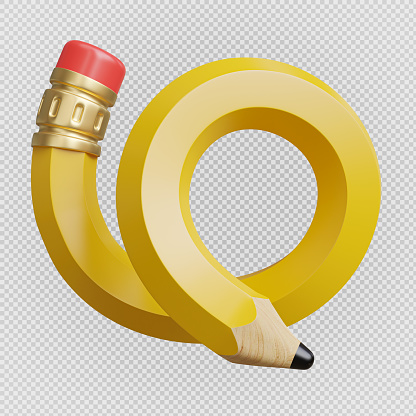We found 118 results that contain "tes"
Posted on: #iteachmsu



Posted by
almost 5 years ago

Science, technology and innovation each represent a successively larger category of activities which are highly interdependent but distinct. Science contributes to technology in at least six ways: (1) new knowledge which serves as a direct source of ideas for new technological possibilities; (2) source of tools and techniques for more efficient engineering design and a knowledge base for evaluation of feasibility of designs; (3) research instrumentation, laboratory techniques and analytical methods used in research that eventually find their way into design or industrial practices, often through intermediate disciplines; (4) practice of research as a source for development and assimilation of new human skills and capabilities eventually useful for technology; (5) creation of a knowledge base that becomes increasingly important in the assessment of technology in terms of its wider social and environmental impacts; (6) knowledge base that enables more efficient strategies of applied research, development, and refinement of new technologies.
Posted on: #iteachmsu


Posted by
almost 5 years ago
Scope refers to the combined objectives and requirements needed to complete a project. The term is often used in project management.
https://iteach-testing.venturit.org/home/assignments. That's what makes scope management such an important part of business
https://iteach-testing.venturit.org/home/assignments. That's what makes scope management such an important part of business
Posted on: #iteachmsu



Posted by
over 1 year ago

Pomodoro Technique
The Pomodoro Technique was created by entrepreneur and author Francesco Cirillo. This technique uses a timer to break down your work into intervals. Each interval is known as a Pomodoro, named after the tomato-shaped timer that Cirillo created.
https://twitter.com/
How it works:
https://www.usa.edu/blog/time-management-techniques/
Choose a task you need to get done.
Set a timer (e.g., for 25 mins).
Focus on the task at hand.
When the timer rings, put a checkmark on a piece of paper.
Take a short break: Take a break for about three to five minutes. Go for a walk, grab a cup of coffee, do something non-work-related to give your brain a break.
Repeat steps two to five: Once you have completed this process four times, you can begin to take longer breaks (20–30 mins).
https://www.usa.edu/blog/time-management-techniques/
The Pomodoro Technique was created by entrepreneur and author Francesco Cirillo. This technique uses a timer to break down your work into intervals. Each interval is known as a Pomodoro, named after the tomato-shaped timer that Cirillo created.
https://twitter.com/
How it works:
https://www.usa.edu/blog/time-management-techniques/
Choose a task you need to get done.
Set a timer (e.g., for 25 mins).
Focus on the task at hand.
When the timer rings, put a checkmark on a piece of paper.
Take a short break: Take a break for about three to five minutes. Go for a walk, grab a cup of coffee, do something non-work-related to give your brain a break.
Repeat steps two to five: Once you have completed this process four times, you can begin to take longer breaks (20–30 mins).
https://www.usa.edu/blog/time-management-techniques/
Disciplinary Content
Posted on: #iteachmsu


Posted by
over 1 year ago
Posted on: Nutrition -- Edited...



Posted by
6 months ago

Edited -- Nutrition information provides insights into the essential nutrients and their quantities found in food, aiding in making informed dietary choices to support health and well-being.
Here's a breakdown of key aspects of nutrition information:
1. What is Nutrition?
Nutrition is the process of taking in food and converting it into energy and other vital nutrients required for life.
It involves the body's ability to ingest, digest, absorb, and utilize nutrients from food for growth, development, and maintaining health.
Essential nutrients include carbohydrates, proteins, fats, vitamins, minerals, dietary fiber, and water.
Here's a breakdown of key aspects of nutrition information:
1. What is Nutrition?
Nutrition is the process of taking in food and converting it into energy and other vital nutrients required for life.
It involves the body's ability to ingest, digest, absorb, and utilize nutrients from food for growth, development, and maintaining health.
Essential nutrients include carbohydrates, proteins, fats, vitamins, minerals, dietary fiber, and water.
Posted on: #iteachmsu



Posted by
about 3 years ago

Interventions must be based upon assessment data that includes information about the student’s strengths and needs as well as the environmental conditions in which her characteristics of ADHD occur.
Disciplinary Content
